Ansen Seale is SAALM Artist of the Year
By JASMINA WELLINGHOFF, Editor
The San Antonio Art League and Museum’s Artist of the Year for 2020 was photographic artist Ansen Seale, but the pandemic prevented the installation and opening of his retrospective exhibit until a couple of weeks ago. It was worth the wait. The show spans some 45 years and encompasses a number of themes and technical innovations Seale developed over the span of his career to expand the reach and aim of photography as a fine art.
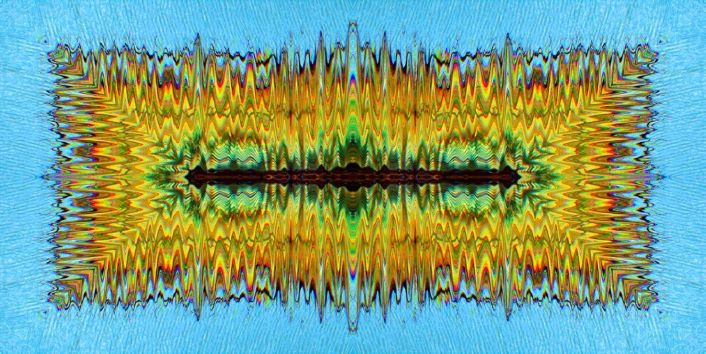
So, the first thing we asked Seale when we met at SAALM for an interview was: How does it feel to be named Artist of the Year?
“It’s quite an honor. I feel like I follow a great San Antonio tradition,” he said, a little hesitantly, as if he was surprised by the question. “All my Trinity University art professors were Artists of the Year (in the past) and some are still living, and they are proud that I have reached this milestone. Also, this is my first, comprehensive retrospective. It’s very satisfying to see my work like this and I have learned a lot about my practice, looking back and looking at my work now; things that I haven’t quite realized.
“For example, I have a thing for the color yellow! I didn’t quite realize that but it seems to crop up again and again in my work (chuckles). And there are connections between some of my earliest work – an interest in line and form – and my newest work.”

The exhibition is arranged in sections, each featuring a phase in Seale’s career. His early photos are pretty much just regular photographs capturing ironic juxtapositions, such as “Joy” from 1979, that shows a man walking on a gloomy street – shoulders hunched, his step tired – passing by the word “JOY” inscribed on a brick wall. In another photo, “Premonition,” his camera captured a stick-figure drawing on a large rock that echoes the shapes of power lines in the background, again in a gloomy overall atmosphere.
Seale travelled extensively by bicycle in Europe and especially in Sardinia, Italy, in the 1980s. The images from that time are in color and, as he put it, look like paintings. Grouped under the “Found Design” section, the pieces are indeed painterly, including a quintessential Mediterranean scene showing a house façade with laundry hung to dry under the louvered window. You feel the sun on your skin, just looking at it.
Things change dramatically in the “Natural Design” section where his images are no longer representational but become the imaginative products of the artist’s new techniques and completely new approach to his art.
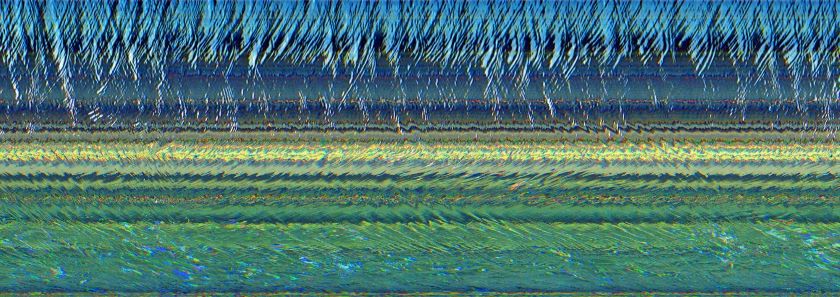
“My work evolved from being strictly pictorial like in the early images to being more like sculptures, in the sense that you are not looking through the window anymore,” he said. “You are looking at the object as a structure.”
He further explained by quoting the early abstract artists from the 1950s who described their non-representational work as simply paint on canvas, an object to look at, not a picture of anything.
His own road to creating new “objects to look at” started years ago when his father, a band director, showed him a panoramic picture of his band back in Harlingen where the family lived at the time. The band was “all lined up in a row” but his father was photographed on both sides of the line. “I just thought that was the greatest thing in the world,” noted the artist. The photo was taken with a panoramic film camera, and his father nimbly ran from one side to the other as the camera was moving through its panoramic sweep. “That instilled in me this idea that a photograph is not necessarily an exact replica of reality. That it could be something more,” he recalled.
Many years later, Seale started playing around with his own cameras with the hope of creating more creative images, a job that became easier with the arrival of digital cameras. He eventually developed a slit-scan digital camera technique that recorded images of moving objects while the camera stood still. A striking example is a 2020 piece titled “Palm Vibrations” in the central downstairs space. The colorful, completely abstract image on a blue background started as palm fronds moving up and down as the camera was scanning, tracing the created patterns, explained the artist. Then he flipped the image to create a more geometric design, with the entire image glowing in gold-yellow. Right across from “Vibrations” is another arrestingly beautiful work, “Unfolding” that looks like large white petals unfolding against a black background. Other large pieces can be seen in the main gallery, landscapes Seale-style, images of water rendered as multilayered color compositions; condensed train cars traversing a landscape, and another large “Palm,” this one recognizable as a tree but with multi-colored branches stretching and undulating against the sky like airborne wavy lines. Yet another piece depicts two train locomotives photographed at a distance. Seale pointed out that with his photo technique the moving objects, the locomotives are sharply defined, while the foreground appears fuzzy.
Also in the main gallery, you’ll find black & white experimentations in what he called “photographic Cubism” featuring a human body with various distortions and additions.
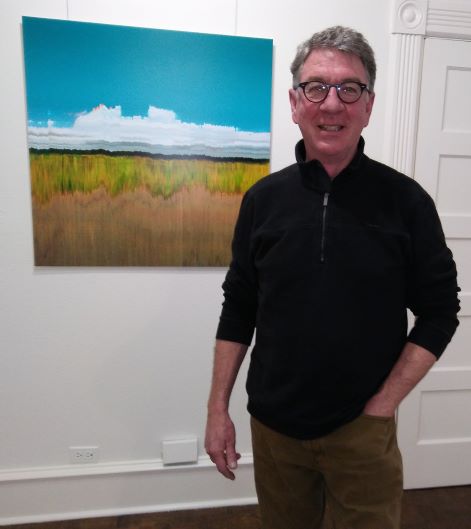
SAALM choses Artists of the Year through a process that starts with a committee of members who suggest and discuss names of potential candidates, explained the organization’s president Dona Walston. Once the choices are narrowed down to three names, the latter are sent to three visual arts professionals outside of Texas to make the final decision.
“We are extremely honored and proud to have him show with us,” said Walston. “He’s taken photography to a whole different level. And he’s changed my mind about photography as a fine art discipline.”
Seale grew up in McAllen where he first tried his hand at photography. He later attended Trinity University and had his first solo exhibit there in 1981. After exploring the world via trips to Europe, China and Mexico, he pursued a career in advertising and public relations before embarking on his own artistic exploration. His work can be found in the permanent collection of the San Antonio Museum of Art, the Harry Ransom Center at the University of Texas at Austin and at the Museum of Contemporary Art in Salta, Argentina, in addition, to numerous corporate collections.
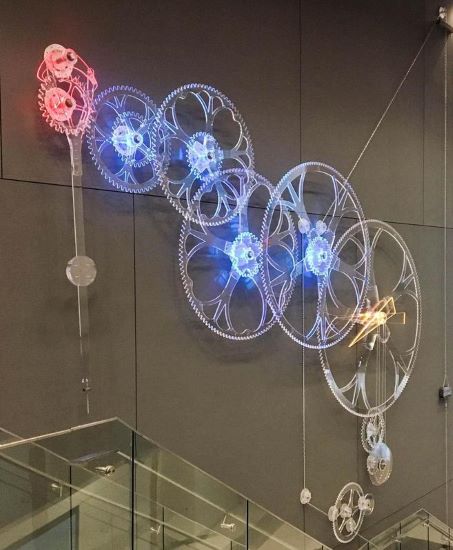
In addition to his photographic work, Seale has also created a number of public art projects both here, in San Antonio, and in Austin. In the Alamo city, his pieces can be seen at the Alamodome, the University Hospital in the Medical Center, at Trinity University, the downtown Frost Bank, and other locations.
All artworks in the SAALM exhibit are for sale and four have already sold, said Walston, who is hoping to purchase one or two herself. After the show closes the museum keeps one special piece that will be added to its permanent collection.
—————————————————————————————————————-
San Antonio Art League and Museum, 130 King William, 78204; 210-223-1140; saalm@saalm.org. Exhibit closes March 25, 2021; free access, $10 a.m. to 3 p.m. Tuesday-Saturday
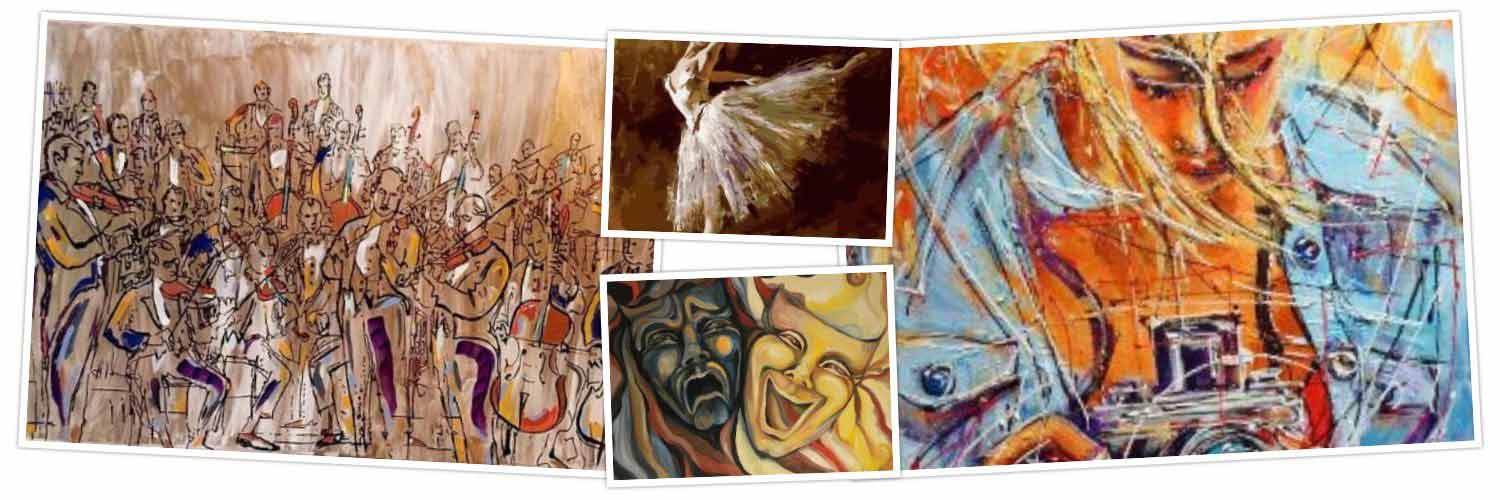
Great honor for Ansel to have this wonderful article. His work is technically wizardly. Everyone stay safe, stay healthy and make more Art….
Incredible! Congratulations Ansen. You always were so innovative!